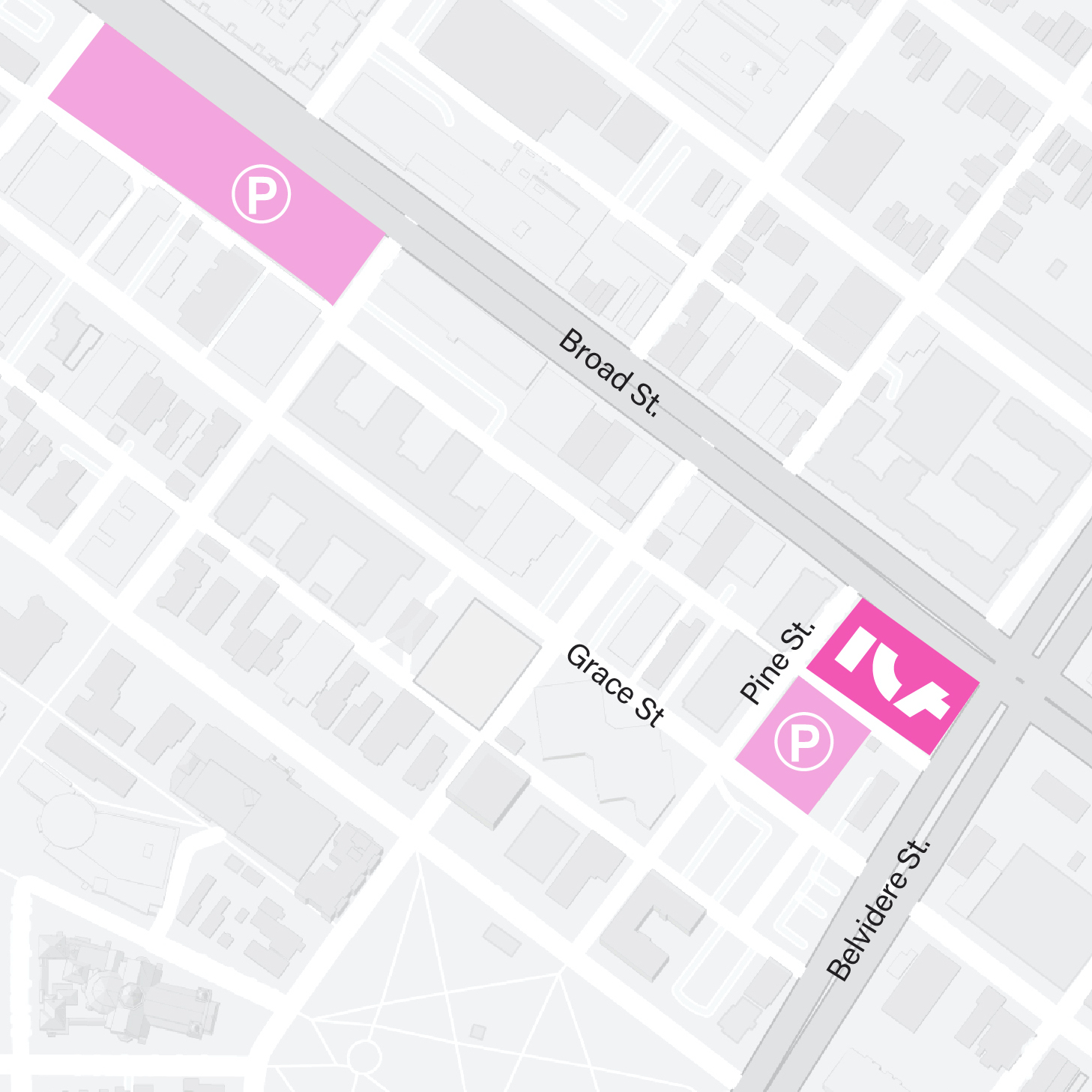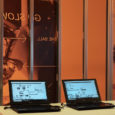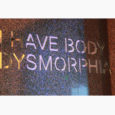Introduction
Hi, my name’s Martine Syms and I’m an artist.
Shame Space is an installation and it’s thinking about an avatar almost like a bad Siri that wouldn’t serve me. When you start to think of artificial intelligence it casts a question upon humanity and there’s so many different types of people that have been throughout history excluded from the sort of notion of humanity. So it’s just an easy way to start to think about what is like the self.
The content of the video is very directly drawn from my life so I was interested in like what would happen if I took only biographical material and how that would become a kind of fictional space.
When the user texts the number that’s displayed on screen the conversation is kind of like a remote controller. It’s more similar to maybe playing like a early text based computer game but I more want you to think about it like a book or the way you engage with like a film or something. It’s just like another way of playing with duration. When it really like works well I think there’s a kind of like surprise to it and people thinking there’s a sentience, you know, like they’re texting with me, or something “like me.”
Threat Modeling
Threat modeling is like a process that would be used by info security to assess what your weakness and your potential threats could be. And this is kind of what lead me to the psychoanalytic model because I made a drawing and a friend of mine was like “oh, this is really similar to threat modeling.” She’s a librarian and so it was something she was kind of looking at and as I started to look into that, we were talking about how it’s similar to cognitive behavioral therapy. This process is like a series of questions which are asking like “what is important to me?”, “who might want that thing?” In info security the example they use is locking your door so when you go through the process of thinking “Oh, my laptop’s here. I don’t want to lose that. I’m going to lock the door.” This is like a very simple threat modeling but there’s like a whole industry, more complicated, but similar kind of thinking.
Basically, in the same way I’m interested in like how these professional practices around like image-making are just coming into different elements of people’s everyday life. Personal threat modeling has become like more of a trend. You know, people not wanted to be doxed or stuff like that. So I started to create a threat model that was more based on a psychological framework, so kind of collapsing this digital space and a psychological space.
Shame/Power
Shame Space was kind of the earliest title for the project, that I would call it, working title, and I was really interested in trying to bring everything into actual space.
Shame for me relates to power and that’s just an ongoing theme in my work. An interest of mine is how people try to acquire power. If they have some, if they don’t. How it kind of circulates what things you can do and how that relates to a kind of visual culture.
I think, in a way, being vulnerable, it ties into this idea of how one thinks through the problem of solidarity or independence. And if I could use other people’s diaries I would but I just don’t have access to them so, I think more shame than me feeling oh, I feel really vulnerable and strong doing this. It’s more like I feel like totally ashamed about doing it, but I also feel that way sometimes about just making art in general. Because it’s such a strong emotion it’s productive for me to think about.

 Closed
Closed

 Area Map
Area Map  Parking
Parking 

